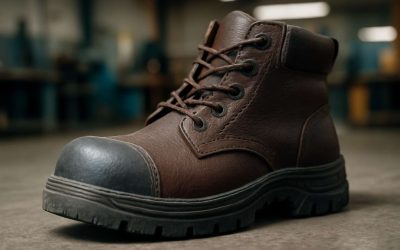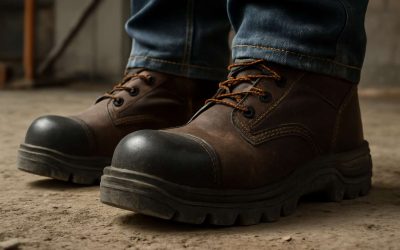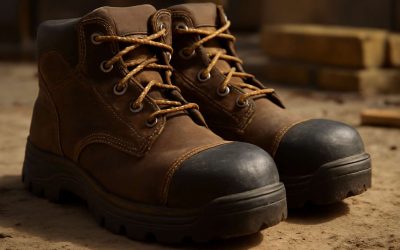Personal protective equipment is vital to the safety of employees and helps to prevent work-related injuries, illnesses, or fatalities. In some cases, it is a legal requirement that employers provide their staff with the appropriate PPE to perform certain jobs. Failing to do so can result in serious fines, compensation pay-outs or jail time.
There are various types of PPE including head protection, eye and face protection, hand protection, body protection, respiratory protection and hearing protection. The right type of PPE is dependent on the hazards that are identified during a risk assessment. The employer must select, provide and instruct employees in the use of the required PPE for a specific task. The selected PPE should be adequate and correctly fitted to ensure it is effective in reducing the risks.
Head protection includes helmets, hard hats and face shields. These are used for jobs that involve exposure to falling or flying objects, molten metals or chemicals which could cause head injury.
Eye and face protection includes goggles and masks. They protect the mucous membranes in the eyes from blood and other bodily fluids, as well as infectious droplets which are spread through the air. The selection of eye and face protection is based on a risk assessment.
Hand protection includes gloves and aprons. These are worn to avoid contact with harmful substances, reduce the risk of cuts and burns and provide abrasion resistance. Hand protection is a key element of laboratory safety.
Respiratory protection includes masks and powered air-purifying respirators. These are used to filter out small germs in the air, such as TB bacteria and SARS viruses before they enter the respiratory tract. The correct selection of respiratory protection is based on a risk assessment, which includes fit testing and medical evaluation of the employee.
Body protection includes gowns, coveralls and laboratory coats. These are worn to prevent skin exposure, limit contamination of “street clothing,” and aid in the decontamination process. The selection of body protection is based on a risk assessment, including the parts of the body to be protected, the level of protection needed and duration of usage.
PPE should be regularly inspected for damage and/or wear and tear. It should also be stored in a safe and clean place and properly sanitised when not in use. It is important that employees report any faults with their PPE to management so the fault can be corrected. It is also essential that facilities for quick and efficient wash-down, such as eyewash stations and showers, are close to where employees use PPE. It is also a good idea to provide employees with bags for their PPE, as this will help them remember to bring it with them when they need it and to keep it safely stored when not in use. Providing employees with PPE is not enough – they need training to understand when it’s necessary, how to correctly use and maintain it, and how to report any issues with it.



0 Comments